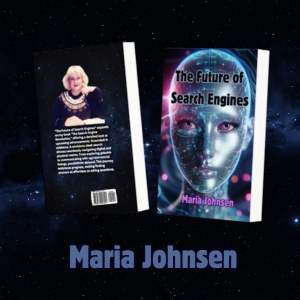
Why AI Images Fall Short
AI-generated images and artworks are becoming more common, leading to questions about what creativity really means and whether human-made art is more valuable than machine-made art. Although AI can create beautiful pieces, the unique qualities and emotional depth found in human art remain unmatched. Here’s why human art holds a special place in our hearts and why AI-generated images often don’t measure up.
Emotional Depth and Intent
Human-created art often expresses the artist’s emotions, thoughts, and experiences. This personal touch gives the artwork a depth that deeply resonates with viewers. When we admire a painting, sculpture, or piece of music, we appreciate not only the final product but also the emotional journey of the artist. This journey, full of struggles and triumphs, reflects human life. AI, however, cannot experience emotions or have personal stories. It can mimic styles and patterns but can’t infuse its creations with real emotional depth or intent.
Imperfection and Authenticity
A key feature of human art is its imperfection. These imperfections—like slight variations in brushstrokes or unexpected color choices—add authenticity and individuality to the artwork. These unique touches make each piece personal and distinct. AI-generated art tends to be too perfect and uniform, often lacking the character and authenticity that come from human imperfection. This authenticity is something AI cannot replicate.
Skill and Effort
Creating art is a process that often requires years of practice, dedication, and skill development. The time and effort that human artists put into their work add significant value. Handcrafted items, whether paintings, sculptures, or even furniture, are often more highly valued than mass-produced ones. Knowing that an artist has carefully crafted something by hand evokes a sense of admiration and respect. AI, on the other hand, can generate images quickly and with minimal effort, which can make these works feel less valuable.
Cultural and Historical Context
Human art is closely connected to cultural, social, and historical contexts. It reflects the society and time in which it was created, providing insights into cultural values, struggles, and achievements. Famous artworks often have rich stories and histories that AI-generated art lacks. While AI can be programmed to create in certain styles or mimic specific historical periods, it does so without truly understanding the cultural and historical nuances that human artists bring to their work.
Tool versus Creator
It’s important to see AI as a tool rather than a creator. Just like a paintbrush or camera is used by an artist to create, AI can assist in the creative process. However, the vision, intent, and creative direction come from the human using the AI. Admiring AI-generated art should also involve recognizing the human creativity and decisions behind it. Without human input, AI-generated art wouldn’t exist in its current form.
Authenticity and Originality
A big part of the debate around AI-generated art is about authenticity and originality. AI creates by combining existing data, often pulling from large datasets of human-made art. This raises the question of whether AI can truly create original work or if it’s just remixing existing ideas. Human artists draw from their personal experiences, cultural backgrounds, and unique perspectives to create something genuinely original. This originality and authenticity are areas where AI falls short.
The rise of AI-generated art also has practical implications, especially for human artists’ livelihoods. As AI tools become more advanced and accessible, there’s a risk that the market for human-made art could be affected. Supporting human artists is crucial for maintaining the diversity and richness of the art world. Additionally, clear guidelines and ethical considerations regarding the use of AI in art are necessary to protect intellectual property and recognize the contributions of human creators.
While AI-generated art can be visually impressive and useful for human creativity, it lacks the unique qualities found in human-created art. The emotional depth, authenticity, skill, and cultural context in human art are irreplaceable aspects that AI cannot replicate. As we explore the intersection of technology and creativity, it’s important to celebrate and preserve the special qualities that make human art so valuable.
The Future of Search Engines
My predictions are not just guesses; they’re based on current trends and supported by real-world evidence that has consistently proven accurate. For example, I warned early on about the risks of relying too heavily on AI-generated content for SEO and digital marketing, a caution that has been validated by subsequent updates to Google’s algorithms favoring human-generated content.




